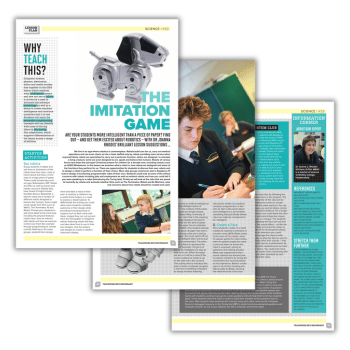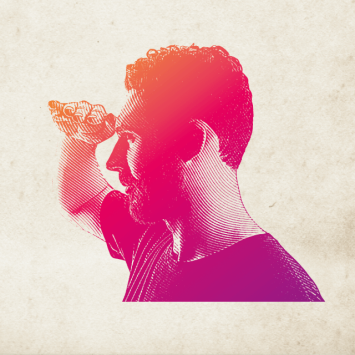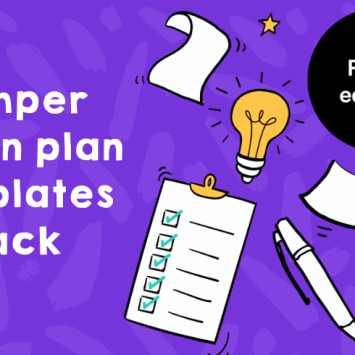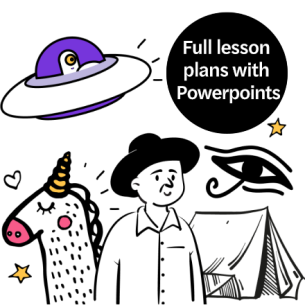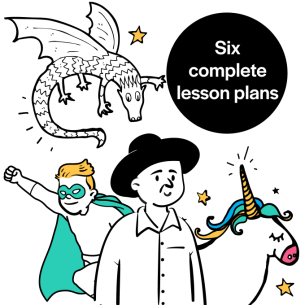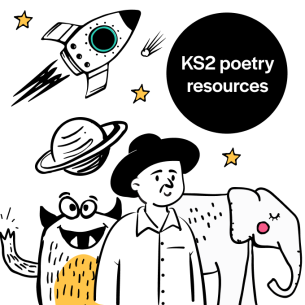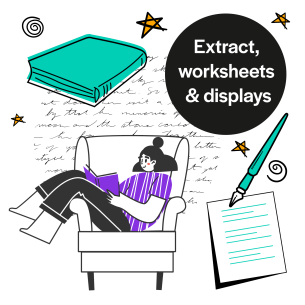Are your students more intelligent than a piece of paper? Find out – and get them excited about robotics – with Dr Joanna Rhodes’ brilliant science lesson suggestions…
We live in an age where robotics is commonplace. Robots build cars for us. They carry out medical operations. They can even check us into a hotel staffed only by robots, providing room service when required!
Some robots are specialised to carry out a particular function. Others are designed to simulate a living creature. Some are even designed to act, speak and behave like humans.
Robots of various forms have often been the principal Christmas present for children, including classics such as LEGO Mindstorms.
In this lesson we examine what a robot is. How are robots designed and what are some of the functions they perform for us?
There are opportunities for students to discuss their own robots. They’ll also design a robot to perform a function of their choice.
More able groups could even start a Raspberry Pi club to design a functioning programmable robot of their own.
Students could look at some of the ethical concerns with robots including jobs and employment as well as sentient robots and how you could tell if you were speaking to a robot (introducing the Turing test).
Finally we will look at the risks that are posed to humanity by robots and evaluate whether films such as The Terminator, iRobot and Ex Machina, raise real concerns about how robots should be created and used.
Why teach this robotics science lesson?
Computer science, physics, electronics, ethics and media studies fuse together in this KS3 lesson which explores what intelligence means and how our use of robots is driven by a need to automate and advance technology as well as a desire to create machine intelligence and convince ourselves that it is real.
Students will enjoy the accessible programming concepts and can identify with some of the big ideas by discussing film adaptations, which supports differentiation of the lesson across a range of abilities.
Starter activity
Group students in tables and ask them to brainstorm all the robots they have seen, used or heard about and draw a mind map on a large piece of paper.
These could include toys such as Lego, Robosapien, MiP, Teksta and Pleo as well as drones and robotic vacuums.
Robots they have heard of might include the Mars Rovers, RoboChef, a kitchen robot and a number of different robots designed to behave like humans.
Some might recall robots from films such as Wall-E, The Terminator, AI and iRobot. Prompt your students to add extra detail to the mind map including the physical features robots have, how we interact with robots and how we exercise control over them (for example through programming or remote control).
Working in the same groups, students then design, draw and label a robot of their own. It could be a children’s toy, a useful home-helper, or a rover to explore a distant planet.
To differentiate the activity you could allow some students complete autonomy in their design while providing increasing levels of support such as flash cards with ideas, images they can cut out and stick and newspaper or magazine articles featuring robots that they can take ideas from to use in their own designs. Use the posters and designs to create a robotics display for your science classroom.
Dr Joanna L. Rhodes M.Chem, D.Phil, MRSC is a teacher of science at Shelley College, Huddersfield.
